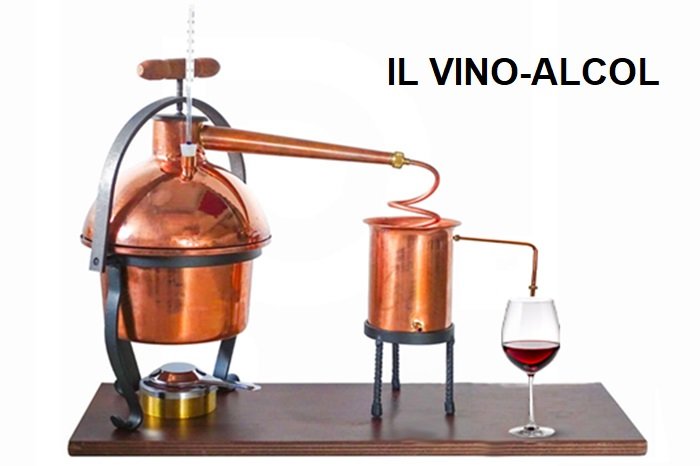For millennia, alcohol was the parameter by which wine was judged, made and drunk. Today, things have radically changed thanks to evolving winemaking techniques.
Alcohol wine is that wine that has trod the scene as a protagonist for a few millennia, the one that made poets sing because it helped to illanguidate spirits and induce them to amorous transport, the one that inflamed soldiers and gave them the courage to launch themselves into battle. The amount of alcohol present in a unit was For centuries the parameter of quality, the indicator of the economic value of any batch of wine.
As winemaking techniques and consumer tastes evolved, however, alcohol began to lose its central role to the advantage of other elements that gradually made the fortune of some area constraints (think of the effervescence of Champagne, the fruitiness of German wines, the sweetness of Port) without, however, ever succeeding in imposing themselves as new parameters of quality and value assessment.
Low-level consumption
Over the past century, wine-alcohol has been increasingly relegated in the low-level consumption bracket and has seen two categories of producers among its main architects: industrialists (in which, for our convenience, we also include merchants and social wineries) and self-producers (i.e., those myriad farmers with a handkerchief of a vineyard who produce wine for themselves, their families and a few customers-friends).
In statistical terms, wine-alcohol still accounts for the largest share of the market but over the past 30 years, the scenario has changed dramatically. Industrialists, merchants and social wineries, while mainly devoting themselves to the lower end of the market, have inevitably invested in technology radically transforming their product, giving it characteristics that go far beyond the instinctive demands of their customers. Those with taste memories today find in wines sold in bricks, or in dames, or on tap, organoleptic characteristics that in the 1970s contributed to the excellence of some avant-garde producers.
A quantum leap appreciated by not everyone
This qualitative leap has resulted in a curious phenomenon: wine-alcohol consumers have survived the almost total disappearance of the product they seek and find themselves “forced” to drink better because there is no worse on the market. Unless they turn to the diverse world of self-producers, which may have shrunk somewhat in quantity but has not changed one iota in quality.
There the goal is the same as a few centuries ago: To produce as many grapes as possible and make wine from them that is well rich in alcohol.. And even the techniques used are always the same, primordial, crude, boorish, as if to borrow the rule that seems to come from popular religiosity: wine is a miracle and the miracle is beautiful and believable if it is manifested in a context of poverty (economic and mental).
We know the slogan very well: “This wine is made from grapes!”
Article from “RuvidaMente,” courtesy of author Stefano Milioni:
The 6 Faces of Planet Wine – RuvidaMente by Milioni






